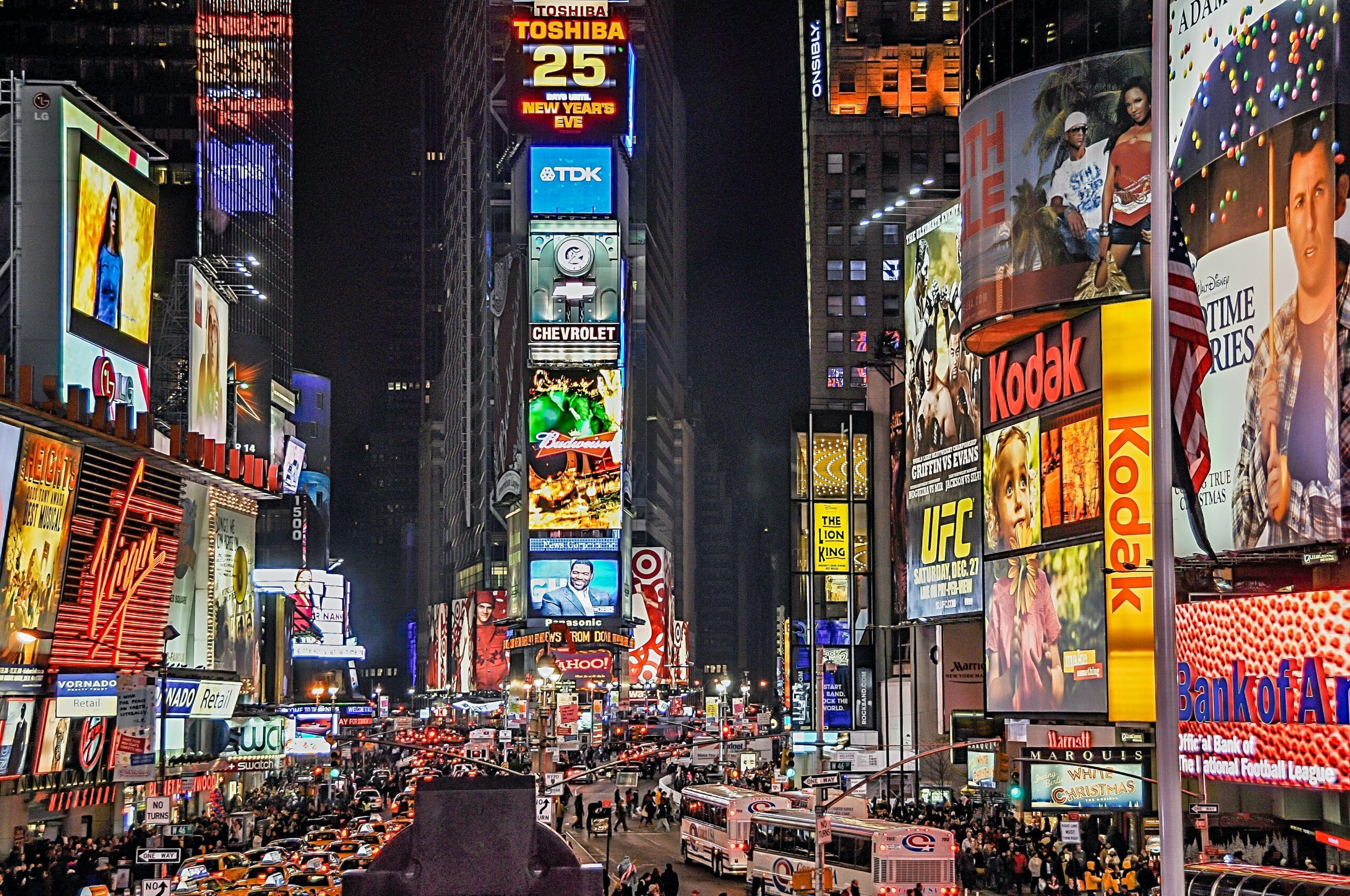Music has been a part of advertising since the early days of radio, and it continues to play a significant role in the industry today. It can set the tone for an advertisement, evoke emotions, and even establish a brand’s identity. But what is it about music that makes it so effective in advertising?
The Psychology of Music in Advertising
One reason music is so effective in advertising is its impact on the brain. Music has been shown to activate areas of the brain associated with emotion, memory, and reward, making it a powerful tool for advertisers. In fact, a study published in the Journal of Advertising Research found that music significantly increased the emotional response to an advertisement, which in turn increased the likelihood of the advertisement being remembered and positively evaluated.
Additionally, music can affect the mood of the listener, which can influence their perception of the advertisement. For example, a study published in the Journal of Business Research found that music with a slower tempo was more effective in creating a relaxed and peaceful mood, while faster-tempo music was more effective in creating a sense of excitement and urgency.
The Historical Perspective of Music in Advertising
Music has been used in advertising for over a century. The first jingle was used in a radio advertisement for Wheaties cereal in 1926. Since then, music has been used to sell everything from soap to cars.
In the 1960s, music became a significant part of television advertising, with companies like Coca-Cola and Pepsi using catchy jingles to promote their products. These jingles often became popular songs, with artists like The Beatles and Ray Charles recording versions of the advertisements.
Types of Music Used in Advertising
There are many different genres of music used in advertising, including pop, rock, hip-hop, and classical. Each genre has its advantages and disadvantages. Pop music is often catchy and upbeat, making it effective for promoting products that are meant to be fun or exciting. Rock music, on the other hand, can create a sense of rebellion or edginess, making it effective for promoting products that are meant to be cool or rebellious.
Classical music is often used to create a sense of sophistication or elegance, while hip-hop music can create a sense of empowerment or confidence. The choice of music depends on the product being promoted and the audience being targeted.
How Music Enhances Brand Identity
Music can also help establish a brand’s identity. A consistent choice of music can create a sense of familiarity and recognition, making it easier for consumers to remember and identify with the brand. For example, McDonald’s has been using the same “I’m Lovin’ It” jingle since 2003, creating a sense of familiarity and recognition for the brand.
The use of music to enhance brand identity is a powerful strategy that many companies have utilized. Consistent use of music in advertising campaigns can create a lasting impression in the minds of consumers. It can help to establish a brand’s personality and create an emotional connection with its audience.
One excellent example of a brand using music to create a strong brand identity is the beverage company, Coca-Cola. Coca-Cola has been using music in its advertising campaigns since the 1920s, with catchy jingles that became cultural icons. In the 1970s, Coca-Cola launched its “I’d Like to Teach the World to Sing” campaign, which featured a catchy song that was later recorded by the New Seekers and became a hit song in its own right.

The use of music in Coca-Cola’s advertising campaigns has continued to evolve over the years. The company has worked with popular musicians such as Justin Timberlake and Taylor Swift to create original music for their campaigns. They have also incorporated classic songs such as “Lean on Me” and “Put a Little Love in Your Heart” in their advertisements.
Coca-Cola’s consistent use of music in its advertising campaigns has helped to establish the brand’s identity and create an emotional connection with its audience. The company’s advertisements are often associated with feelings of happiness, togetherness, and sharing. Coca-Cola’s branding has been so successful that its logo is one of the most recognizable in the world, and its products are sold in over 200 countries.
In conclusion, the use of music in advertising is a powerful tool that can enhance a brand’s identity and create a lasting impression on its audience. Companies that carefully choose the right music to represent their brand can establish a unique identity that sets them apart from their competitors. The key is to find the right balance between creating an emotional connection with the audience and promoting the brand’s message in a way that resonates with consumers.
The Role of Lyrics in Advertising
Lyrics can also play a significant role in advertising. They can create an emotional connection with the listener and make the advertisement more memorable. However, the use of lyrics can also be risky, as inappropriate or offensive lyrics can have a negative impact on the advertisement and the brand.
Music Licensing and Copyright Issues
Music licensing and copyright laws can also be significant issues in advertising. Advertisers must obtain proper licenses for the music used in their advertisements, or risk facing legal action. Additionally, using copyrighted music without permission can damage a brand’s reputation and lead to financial penalties.
The Use of Jingles in Advertising
Jingles are short, catchy songs used in advertising. They can be effective in creating a sense of familiarity and recognition for a brand, as well as promoting the product being advertised. However, jingles can also be seen as annoying or repetitive, leading to a negative impact on the brand.
Case Studies of Successful Advertisements That Used Music
Many successful advertisements have used music effectively. One example is Apple’s “Silhouettes” campaign, which featured black silhouettes dancing against brightly colored backgrounds, set to a catchy pop song. The campaign was so successful that it won several awards, including the Grand Prix at the Cannes Lions International Advertising Festival.
Another example is Nike’s “Revolution” campaign, which used The Beatles’ song “Revolution” to promote their brand. The advertisement was seen as controversial at the time, as The Beatles had never allowed their music to be used in advertisements before. However, the advertisement was a huge success and is now considered a classic in the industry.
Music and Social Impact on Advertising
Music can also be used in advertising to promote social impact and change. For example, the “Share a Coke” campaign in Australia featured cans and bottles of Coca-Cola with people’s names on them, encouraging people to share a Coke with someone they care about. The campaign was so successful that it led to a 7% increase in sales and a 4% increase in brand consideration.
Music can also be used in advertising to target specific demographics. Different genres of music can be associated with different age groups, cultural backgrounds, and even geographic regions. Advertisers can use this knowledge to their advantage by selecting music that will appeal to their target audience.
For example, a clothing brand that is targeting young adults may use music that is popular in the current music scene to appeal to their demographic. Similarly, an advertisement targeting an older demographic may use music from the 60s or 70s that the audience may associate with nostalgia or fond memories.
The use of music in advertising to target specific demographics has been shown to be effective in research studies. In a study published in the Journal of Advertising, researchers found that advertisements that used music that was congruent with the target audience’s age and gender had a positive effect on brand attitudes and purchase intentions.
However, it is essential to note that the use of music to target specific demographics can also have its drawbacks. It can be challenging to strike the right balance between selecting music that is appealing to the target audience and promoting the brand’s message. Moreover, it can be challenging to predict how an audience will react to certain types of music.
Conclusion
Music has been a part of advertising for over a century, and it continues to play a significant role in the industry today. Its impact on the brain, ability to create emotions and influence mood, and potential to establish brand identity make it a powerful tool for advertisers.
However, music licensing and copyright issues, as well as the potential risks of using lyrics or jingles, must be considered. With careful consideration, music can be a powerful way to connect with consumers and promote a brand’s message.






